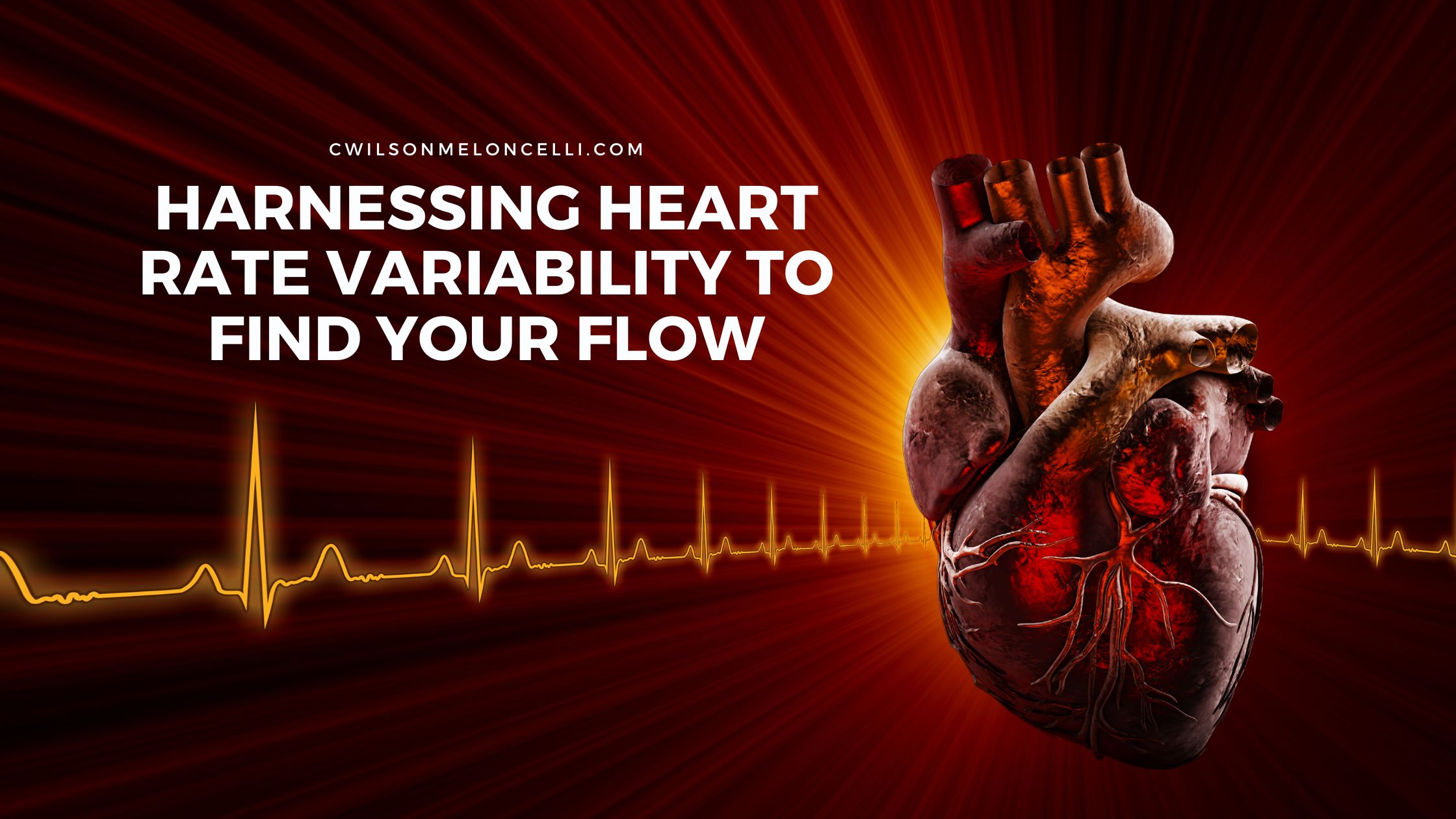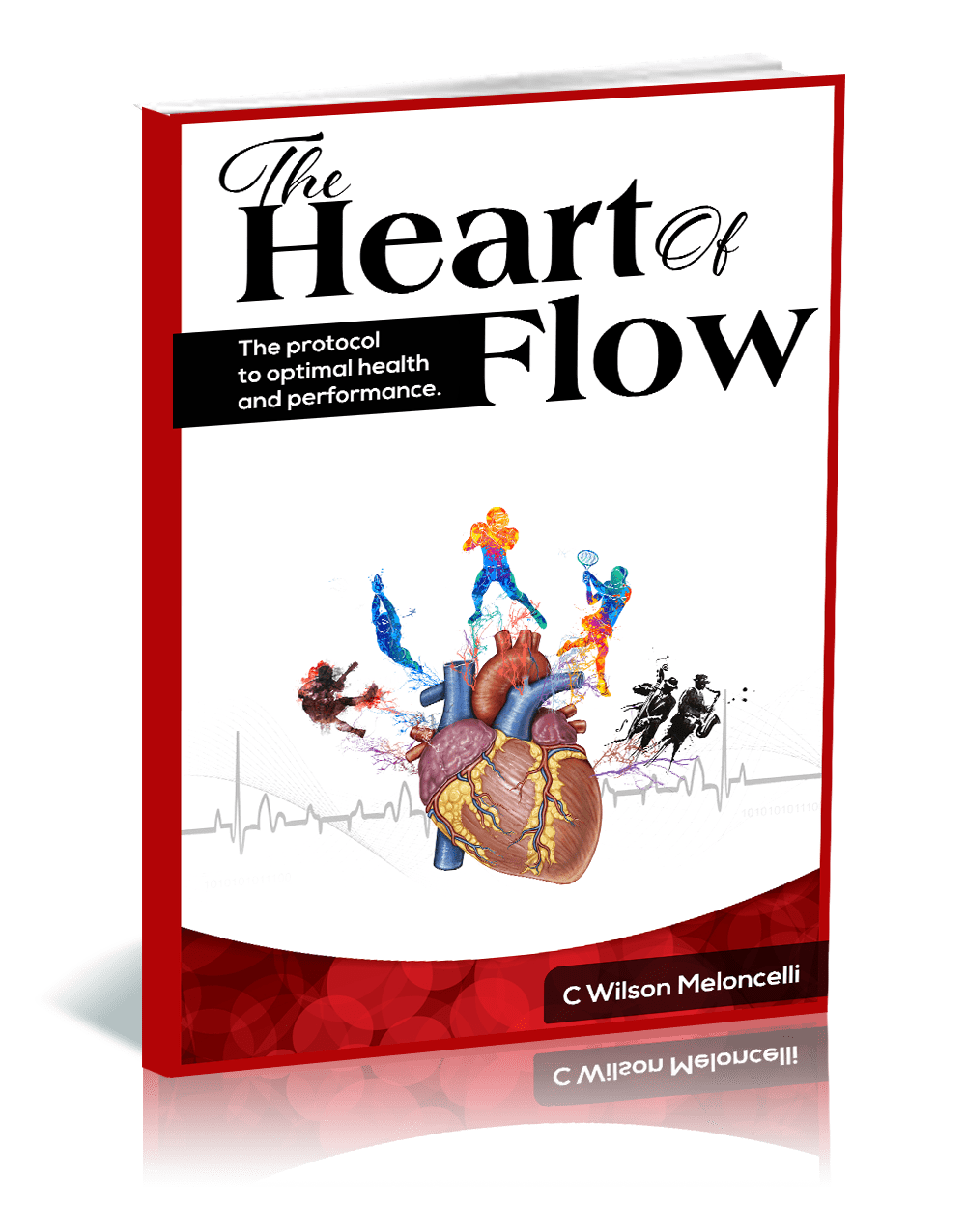
In the pursuit of peak performance and optimal well-being, achieving a state of "flow" is often seen as the holy grail. Flow state, or being "in the zone," is where individuals experience deep absorption and enjoyment in what they are doing. Emerging research now points to Heart Rate Variability (HRV) as not just a marker of health, but as a predictor and facilitator of achieving and maintaining flow states.
Understanding HRV and Its Connection to Flow
Heart Rate Variability is the variation in time between each heartbeat, which is controlled by the autonomic nervous system. It reflects our body’s ability to respond to stress, recover, and adapt. A higher HRV indicates better cardiovascular fitness and a robust stress-response system. Importantly, it's been found that high HRV is correlated with greater resilience and adaptability—key components of entering a flow state.
HRV as a Predictor of Flow
Studies have shown that individuals with higher HRV are more likely to achieve flow states. This is because high HRV is associated with an optimal balance between the sympathetic (‘fight or flight’) and parasympathetic (‘rest and digest’) branches of the nervous system. This balance allows individuals to remain calm yet alert, a prerequisite for flow.
Daily Monitoring to Enhance Flow
By monitoring HRV daily using smart wearables or dedicated HRV trackers, individuals can get insights into their physiological state. On days when HRV is higher, it may be ideal to tackle challenging tasks or engage in activities requiring high concentration, as the likelihood of entering a flow state is greater. Conversely, lower HRV readings might suggest a need for recovery activities such as meditation, light exercise, or sufficient sleep.
Practical Tips to Increase HRV and Flow
- Consistent Sleep Patterns: Prioritizing sleep and maintaining consistent sleep schedules can significantly enhance HRV.
- Beingfulness and Meditation: These practices not only reduce stress but also improve HRV, creating a conducive environment for flow.
- Regular Exercise: A balanced combination of high intensity and zone 2 cardio is ideal for boosting HRV over time.
- Breathing Exercises: Techniques like deep breathing or using apps to guide breathing can immediately impact HRV, aiding the body in entering a flow state more readily.
- Diet and Hydration: Keto, low carb or carnivore are my go to. Studies show that these plans suppress the sympathetic nervous system.

Implementing HRV Tracking
For those interested in integrating HRV tracking into daily life, it starts with choosing the right tool. Many modern fitness trackers include HRV measurements. For more detailed analysis, dedicated HRV apps and devices can provide deeper insights.
Understanding and improving your HRV is more than just about managing stress—it's a pathway to enhancing your ability to enter flow states. This not only boosts productivity but also enhances creativity and overall life satisfaction. By incorporating daily HRV monitoring into your routine, you can better manage your activities and potentially increase the frequency and consistency with which you find your flow.
By adopting these practices, individuals can leverage the power of their physiological data to not just thrive but also consistently reach peak experiences in personal and professional domains.
Learn more on how to access the flow state by harnessing HRV with this video tutorial.
- Kellmann, M., Pelka, M., Beckmann, J., Kallus, W., & Pfeiffer, M. (2018). "Heart rate variability and swimming performance: Relationship with training load and mood state." *Journal of Sports Sciences*, 36(6), 673-679. https://doi.org/10.1080/02640414.2017.1330691
- Kramer, A. F., Bherer, L., Peterson, M. S., Colcombe, S., Erickson, K., & Becic, E. (2004). "Heart rate variability during the experience of positive emotions." *American Journal of Cardiology*, 94(7), 906-909. https://doi.org/10.1016/j.amjcard.2004.05.063
- Flatt, A. A., & Esco, M. R. (2013). "Smartphone-derived heart-rate variability and its relationship with perceived stress." *International Journal of Sports Physiology and Performance*, 8(6), 645-652. https://doi.org/10.1123/ijspp.8.6.645









